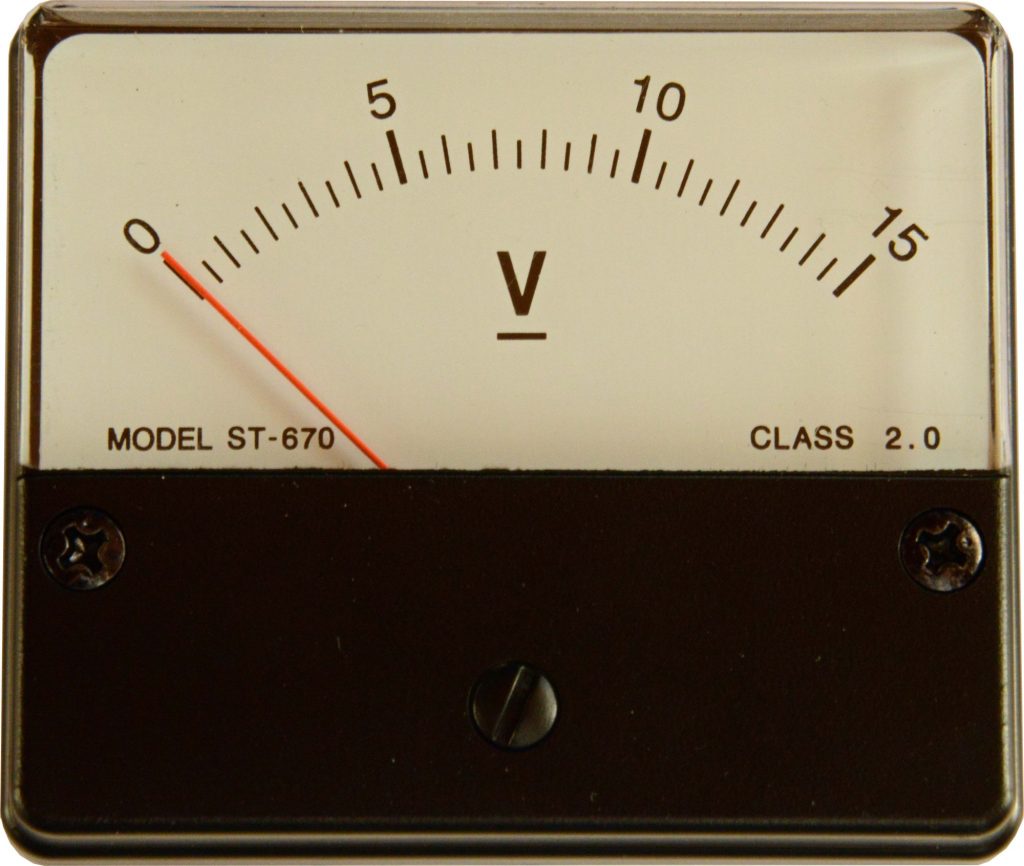Volts vs. Amps vs. Watts: Understanding the Difference
In 1800, an Italian scientist named Alessandro Volta invented the first battery.
His name inspired the unit used in electricity known as the Volt. Volts are a measurement, along with watts and amps. Many people don’t understand the difference in volts vs amps.
Electricity is measured in three main ways, and we are all familiar with at least one of the terms used. Volts, watts, and amps are all common terms and are all associated with the founding scientists that created our understanding of electricity.
Volts vs Amps
Volts are a measurement of the electromotive force of an electrical current. Amps are the base unit for electrical currents. Volts express how much potential and difference a current would need to push one amp through one ohm, which is a unit for resistance.
In this way, they are different measurements that don’t overlap. The amp load of an electrical current is the current itself, or the strength of that electrical current. The volts measured are therefore a determination of how much potential the electricity has for overcoming resistance.
What Are Watts?
A watt is a unit of power that describes how much energy is being conducted in the electrical current. This can be measured in a variety of ways, and terms like kilowatt and megawatt are used when the amount of power increases to very high levels.
Unlike when we compare volts vs amps, watts are not connected in the same way to the other two. Watts often appear as the energy used or generated from electrical power stations. The more watts your house uses, the higher your electrical bill will be.
Importance in Everyday Life
The distinction between volts vs amps is very important in everyday life. The issues that require this knowledge often come when engaging in a do it yourself project or anything that interacts with the electrical system of your house.
Watts are important to understand because various appliances have different wattage requirements. The more you leave a 60-watt incandescent bulb on, the more energy it uses, for instance. Lower wattage requirements are considered greener and lead to a reduction in energy use.
If you are re-wiring something, then you have to understand both the voltage and the amps of that system. The electrical current is measured in watts, but the number of electrons pushing that current is measured in volts. The amount of energy that is used by that current is measured in watts.
This is also important when it comes to circuit breakers. A circuit breaker is designed to withstand a certain load, and when that load gets too strong, the breaker will flip. This reduces the chance that that energy is released improperly, which in many cases would be a short in the current that could lead to a fire.
The Modern World and Electricity
Modern homes use a lot of energy to operate all of the devices, appliances, and gadgets that make modern life so convenient. High voltage lines push that energy to homes via the electrical grid. It is a misunderstanding that volts aren’t dangerous, but amps are.
High voltage lines can cause cardiac arrest and death by disrupting the function of the body, brain, and heart. Amps is the amount of strength in that electrical current. It is possible to have a high voltage without high amps, but not high amps without high voltage. Both amps and volts are dangerous for the body to be exposed to.
Educational Posts to Share
If this all sounds very complex, don’t worry. There are some useful analogies that are in common use to describe this in other terms. If you consider a flow of electrons like a flow of water, then the differences and descriptions become easier.
In this analogy, you would view the amps as the size of the water line, while the volts are the pressure in that line. The watts would then be how much water is released at the end of the pipe. The amount of pressure in an electrical current, or volts, describes how fast and forceful the current, or amps, are delivered.
If you are dealing with electricity as part of a project or because you wish to educate yourself, there are tons of resources online. One such resource is how to convert these measurements up or down in order to accommodate projects you could work on.
Another educational post to share would be how to convert amps to milliamps. It is useful to understand these specifics if you are going to be working with electricity. This is especially true if you are working with digital technology, which has low thresholds for damage.
Electricity and You
Our modern world relies on electricity for everything that we do. With the rise of electric vehicles and green, renewable sources for power generation, this is becoming truer now than ever. Before the advent of electricity, simple facets of modern life, such as being active at night, were almost impossible.
Many of our devices, such as smartphones and tablets, rely upon advanced lithium-ion batteries to function. These batteries have a high voltage output but a relatively low amp load. This is why your battery doesn’t burn up but is able to efficiently utilize the energy provided by the battery.
Our bodies generate a great deal of electricity. It is how our brain functions and sends signals for the functioning of our bodies. In this way, the human brain is much like a computer with a more advanced biological function.
Complicated and Simple
It is both extremely complicated how electricity works but also very simple. We watch the work of electricity every day when we access a computer, smartphone, or even do something simple, like turn on a light.
The more you understand about electricity, the more you will understand the world we live in. One of the best pieces of advice you can get with electricity is don’t try to alter or work on an electrical system if you don’t know what you are doing. Educate yourself about volts vs amps, and don’t be afraid to contact a professional for help.
Before you go, take a moment to browse our website for other related topics.




